 MIAMI – At the age of three, Chico Wesley lined the streets of northwest Miami with crowds of parade goers to get a peek at the pageantry and showmanship that the Orange Blossom Classic was sure to bring. He wanted to see and hear performances by Florida A&M University’s marching band, as well as those from local high schools, and the colorful parade floats.
MIAMI – At the age of three, Chico Wesley lined the streets of northwest Miami with crowds of parade goers to get a peek at the pageantry and showmanship that the Orange Blossom Classic was sure to bring. He wanted to see and hear performances by Florida A&M University’s marching band, as well as those from local high schools, and the colorful parade floats.
“I saw a drum major dancing in the streets,” said Wesley, now 53 and a legendary WHQT Hot 105 FM radio personality.
“I decided right then I wanted to be a drum major in FAMU’s band.”
Despite his early aspirations, Wesley became known as “Chico the Virgo” in 1974 on FAMU’s WANM radio station, graduated from the university in 1976, and married that drum major’s daughter, Veronica, who has been his wife for 17 years.
Although the Orange Blossom Classic started as FAMU’s post-season invitational football game in Jacksonville in 1933, it reached its splendor as a social and cultural event after moving to the Orange Bowl in 1947.
Now that the historic Orange Bowl is being torn down, many people such as Wesley are recalling fond memories of the black cultural event that took place there for many years.
“My memories of the Orange Blossom Classic were always of the half-time show,” said Wesley, who began attending the Classic in 1957 and continued until recent years. “I really wasn’t going to the game for the football, but for the camaraderie and the excitement of the festivities.”
The Classic was an invaluable opportunity for black athletes, the black community and others to witness black college football at its best.
“What made it unique in its heyday of the 1950s and ‘60s was it was a showcase for African-American talent and our culture,” said Alvin Hollins, FAMU’s sports information director for the past 30 years.
“There were not a lot of all-star games in the ‘50s and ‘60s that allowed blacks to play,” he said. “The Classic also enabled whites to see the band and to see African Americans play football. At its height, it was as close to a major bowl game as you could get.”
Athletes from that era also remember the lure of the Classic.
“My first experience as a 17-year-old was frightening and exciting to be in Miami, and to play in the Orange Bowl,” said Jacksonville native Bobby Lang, who played football at FAMU from 1953-1957.
Lang recalled the bitter-sweet memories of the last Classic game in which he played.
“We lost the Black National Championship,” he said. “The last game I played in was in 1956, Tennessee State Blue Tigers won, 39-41.”
As black athletes, Lang and his teammates stayed at the Sir John hotel in Overtown, where black people were allowed accommodations during segregation.
“They had to put double bunk beds” in the rooms to house the football team, Lang said.
It was not long before the Classic offered better opportunities for athletes.
“Pro scouts came and often signed contracts because of watching the talent there,” Hollins said.
“In the early 1960s, African Americans started signing professional football contracts. The NFL (National Football League) would not sign black players. We probably helped speed the merger of the two leagues,” Hollins said, regarding the caliber of black athletes that the American Football League signed prior to merging with the NFL.
Things got better for the coaches, too, over time.
“We got a chance to stay on Miami Beach—The Fontainebleau and The Cadillac [hotels],” said Bobby Lang, who coached football at FAMU from 1966 to 1981. “Those were real good times. We got to enjoy all the amenities of the five-star hotels.”
The Classic held record attendance numbers of over 47,000 spectators in 1961 at the Orange Bowl.
By the 1980s, the bowl game, which moved to various pick cities during its history, moved from Miami to Tampa for a couple of years and then back to its original home of Jacksonville for several years, because of lower attendance numbers, said Hollins.
“Black athletes were playing at the University of Miami and for the Dolphins at the Orange Bowl,” he said. “We could still draw 25,000 to 30,000 [fans],” Hollins said, adding that the crowds were largely African American, but did not draw non-black audiences due to the newer opportunities to see black athletes play in other venues.
With a history spanning more than six decades, the final Classic was played in 2004 at the Orange Bowl against Florida International University.
For more information on the history of the Orange Blossom Classic visit http://thefamurattlers.cstv.com/trads/famu-trads.html or contact the Sports Information office at FAMU, 850-599-3200.
Tremene@Aol.com

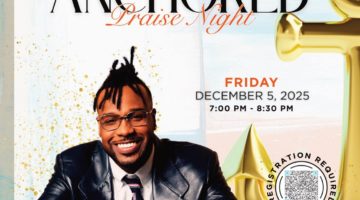

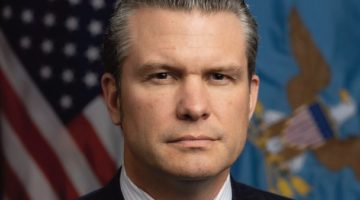

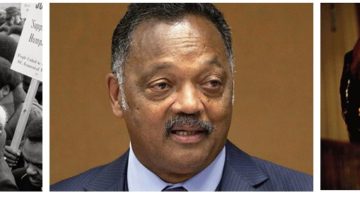
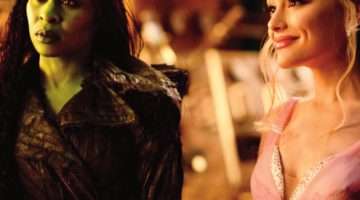
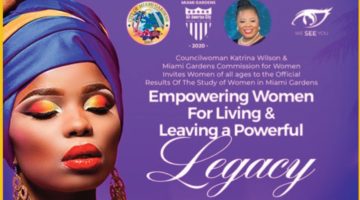
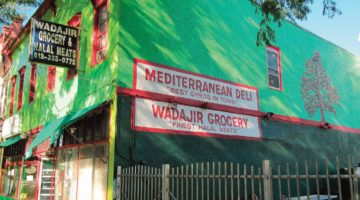



No Comment